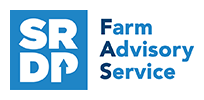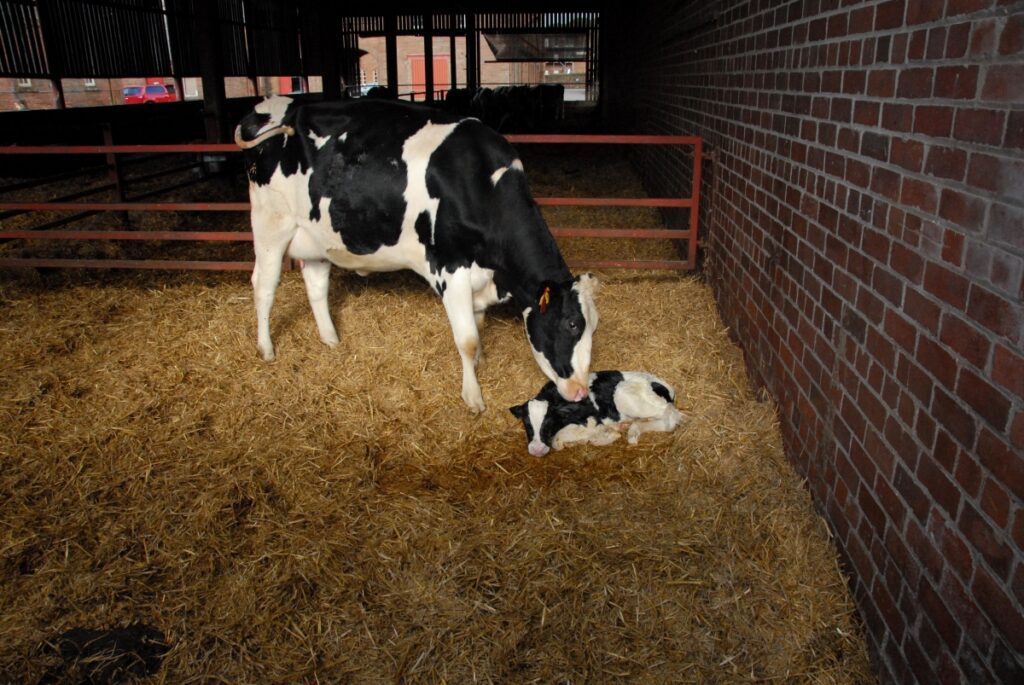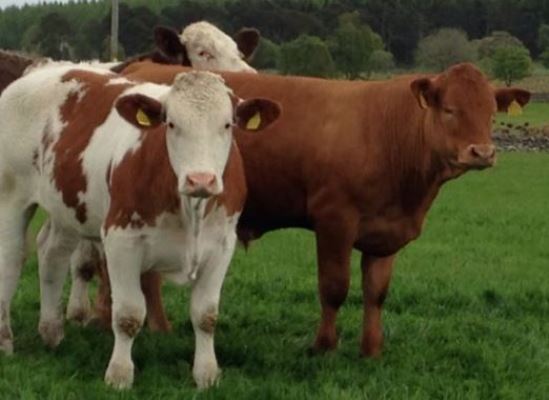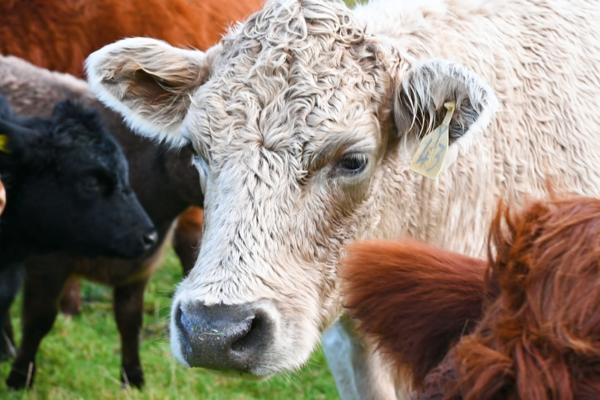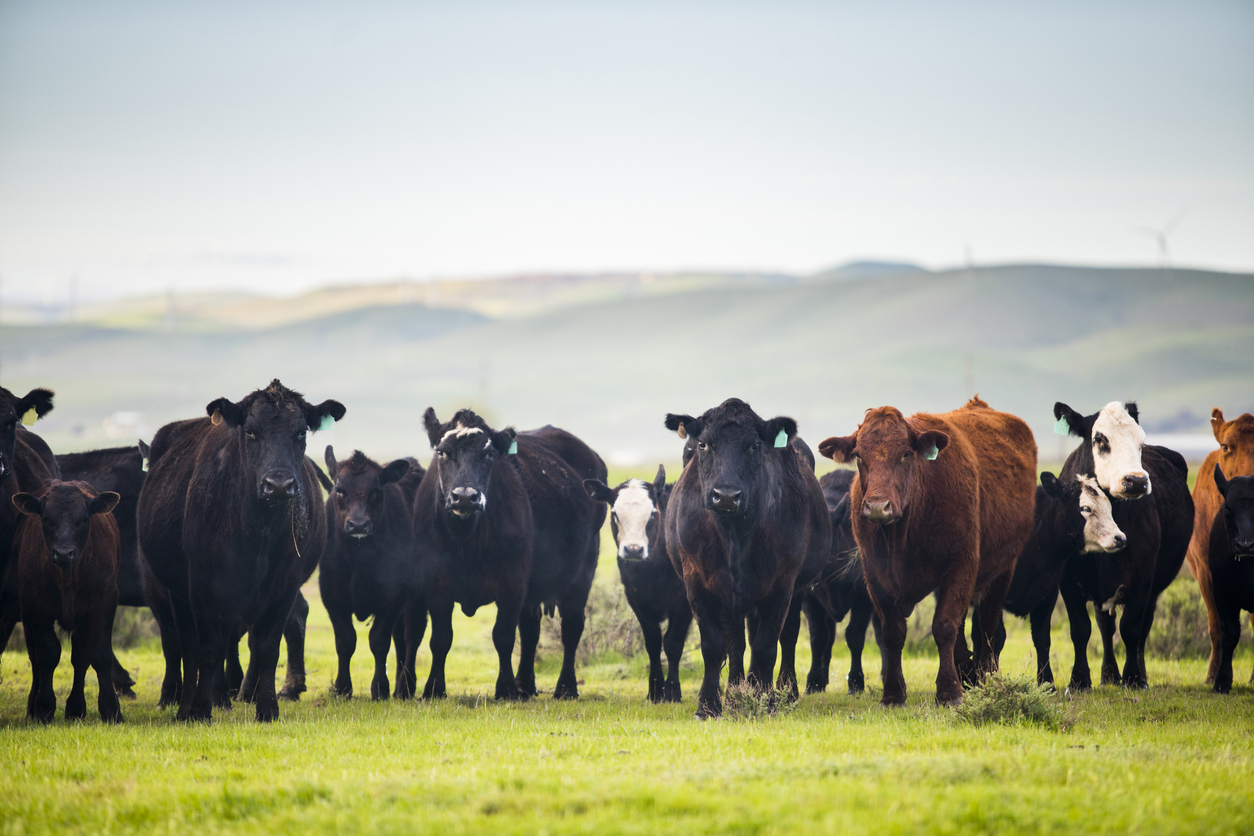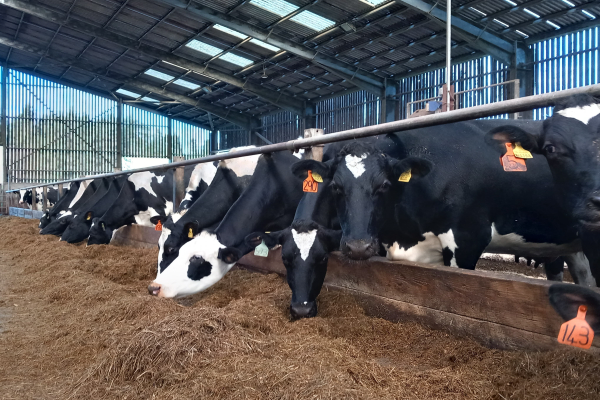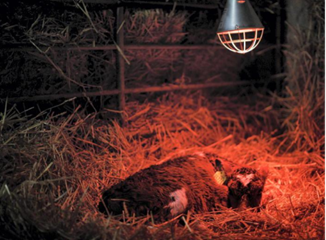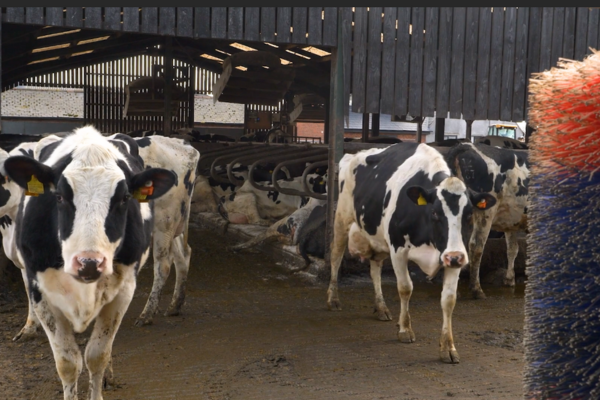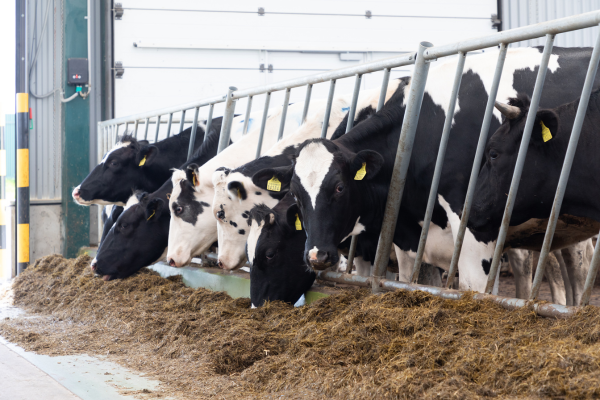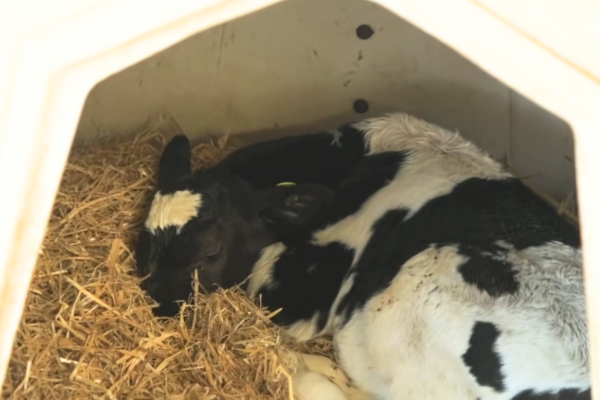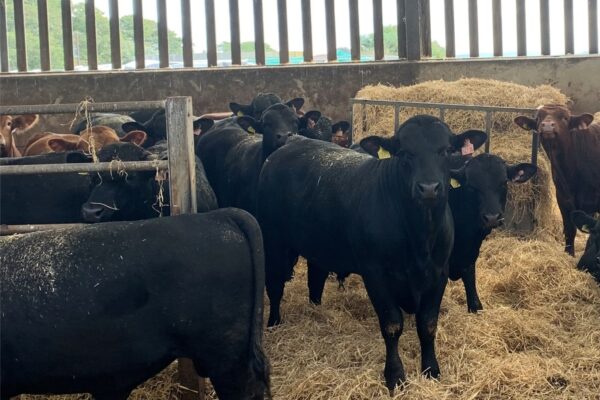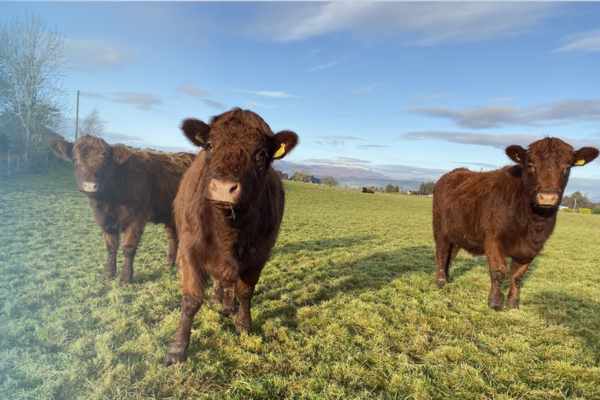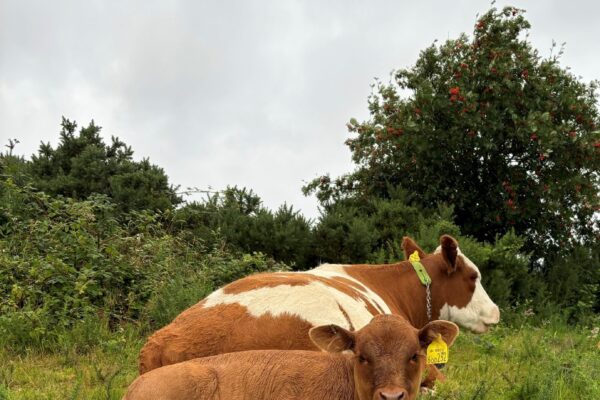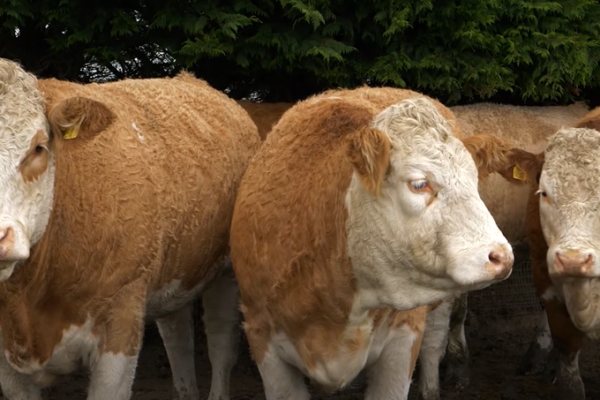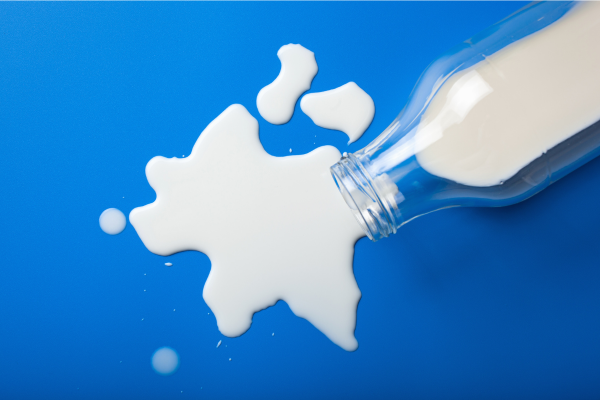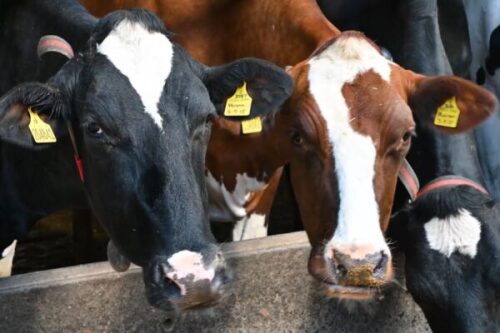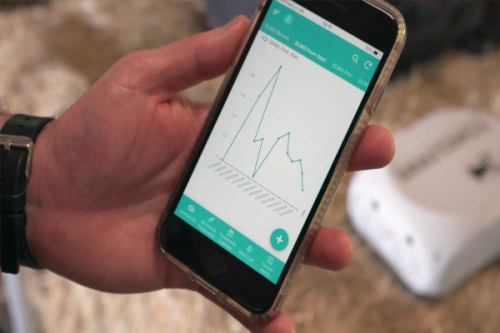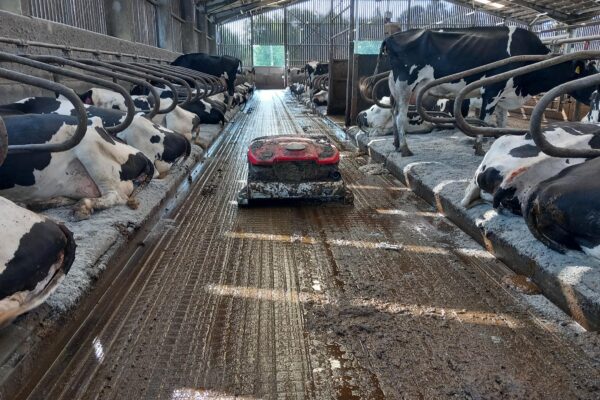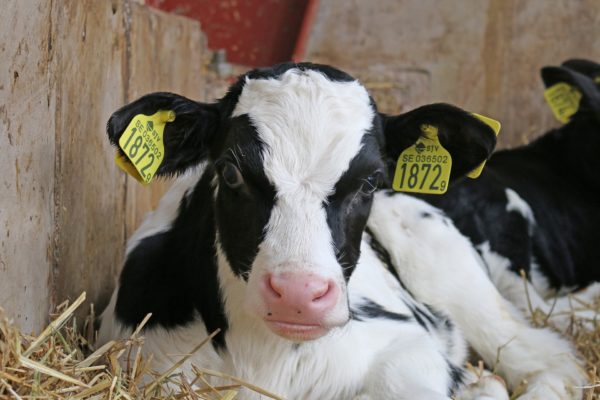A Guide to Artificial Calf Colostrum
3 September 2025There are many artificial colostrum products available for dairy and beef calves. They are labelled as either colostrum supplements, colostrum replacers or can be classed as both and it is important to know when to use which product.
- A replacer is there to completely replace the first feed of maternal colostrum.
- A supplement should be used to supplement maternal colostrum, which may have been low quality, or where you suspect the calf has not received sufficient maternal colostrum.
The most crucial aspect of colostrum, whether maternal or artificial, is that it contains sufficient antibodies or immunoglobulins, which confer immunity on the calf. There are different types of immunoglobulins but the most abundant in cow colostrum is immunoglobulin G (IgG).
In the UK, colostrum products are classed as feed supplements (not veterinary medicines), and there is no legal requirement to declare the IgG content on the label. However, in the US, the USDA’s Centre for Veterinary Biologics regulates colostrum products and states that products containing less than 100g of IgG/feed are classed as colostrum supplements. On the other hand, products with more than 100g of IgG/feed are classed as colostrum replacers.
The target should be for calves to receive a minimum of 200g of IgG for adequate immune protection and ideally within the first few hours of life. If in doubt, it is worth asking your supplier about their product’s IgG content and whether they have any trial data to show that their product is an effective replacement/supplement for maternal colostrum.
Cow colostrum versus artificial colostrum
While a dam’s colostrum is always considered to be the best source of immunity for the calf (as it contains antibodies effective against the microorganisms specific to the farm), artificial colostrum products can play an important role in calf health where the dam’s colostrum volume or quality is lacking. Artificial colostrum should be used in the following circumstances, assuming there is no store of maternal colostrum available to use in the farm’s refrigerator or freezer:
- Calves are born to cows with little or no colostrum or the colostrum has already been suckled by an older calf.
- There are concerns about disease transfer through maternal colostrum.
- Twin calves are born and sufficient intake by each cannot be guaranteed.
- Calves born following a prolonged and/or difficult calving/caesarean – they have a much lower ability to absorb antibodies and may have a poor suckle reflex.
- Calves that have not stood up and nursed vigorously in the first two hours after birth.
Another reason why dam’s colostrum is considered the first choice is that some research shows that the efficiency of IgG absorption can often be higher from maternal colostrum compared to artificial colostrum products, due to variation in processing methods and IgG sources used in products (Quigley et al, 2001).
Product differentiation and instructions for use
Always read the mixing instructions as the quantity of water added often varies with the product and the amount of powder provided. Some products will have guidance on different mixing rates and volumes to be fed depending on whether you are looking to completely replace maternal colostrum or supplement it. The most important thing about colostrum is getting sufficient immunity (IgG’s) into the calf as soon as possible after birth and ideally within the first two hours for maximum absorption.
Artificial colostrum products must mix well and go easily into solution. If they do not appear to mix well and there is sediment at the bottom of the mixing container, it might have poorer efficiency of absorption. The other issue is that the calf may not be getting the full dosage rate if undissolved residual powder is left in the container or feeding equipment.
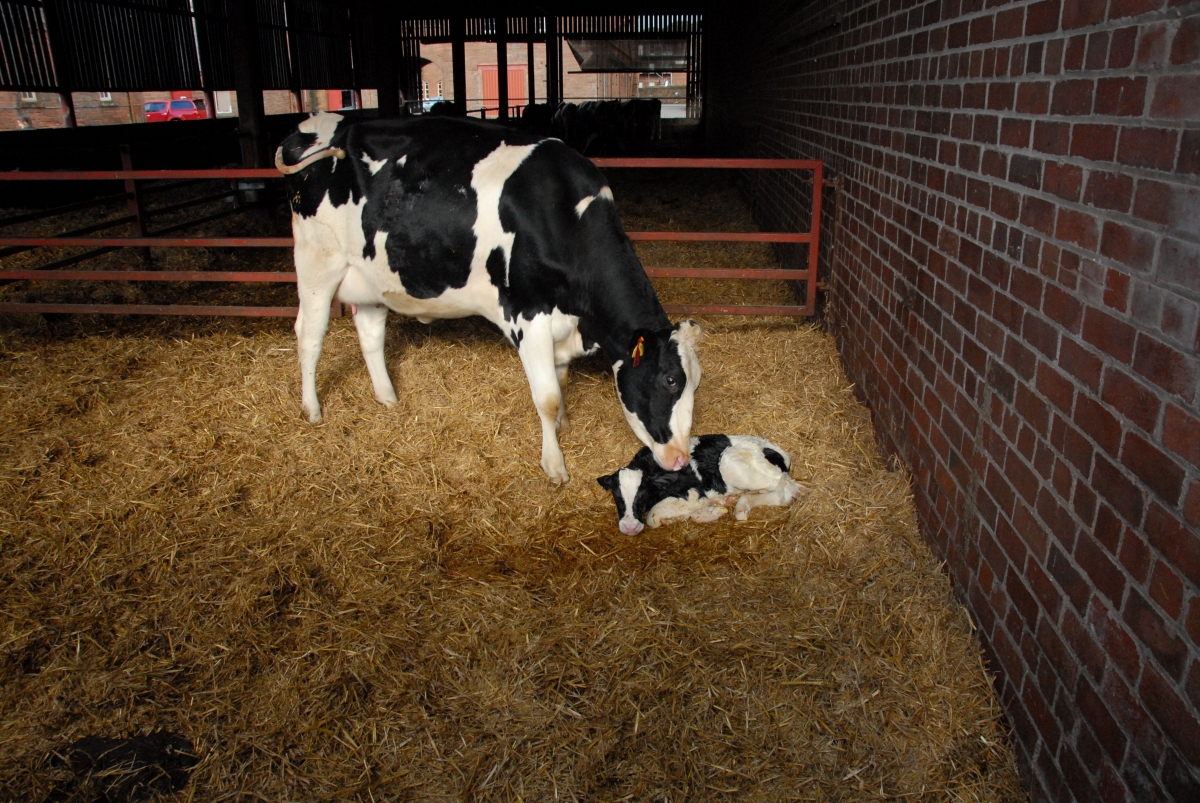
Label interpretation
There is a huge amount of variation in the composition of artificial colostrum products. Some have dried bovine colostrum as the only ingredient, while other products containing over 10 ingredients, with added vitamins, trace elements and bacterial cultures.
Ingredients
Ideally, bovine colostrum (full fat) should be first, or at least very high up, on the ingredient list. It will contain naturally occurring growth factors and hormones which play a role in gut development. Other commonly used ingredients include milk powder, whey powder, egg products and even vegetable protein sources such as wheat gluten. However, milk-based sources will always be higher in digestibility, and they should be either first, or very high up the ingredient list compared to vegetable protein sources and other ingredients. Oils such as coconut and palm oil are sometimes used as an energy source and are highly digestible and similar to the fatty acid profile of cow’s milk.
Fat and protein content
This can be highly variable and given that it is assumed that the calf will continue to suckle its dam after its first feed of colostrum (or receive whole milk or calf milk replacer if artificially reared), the fat and protein content is perhaps less important than it is in a milk replacer. As a guide though, the higher the fat content, the higher the energy content, and this will be more important for a replacer as opposed to a supplement product.
Other additives
This applies to the levels of vitamins and any trace elements included. Some products will contain a probiotic – “friendly bacteria” - to encourage a healthy gut and reduce the risk of scours.
Feeding hygiene
Regardless of what colostrum product is used, feeding hygiene is absolutely critical to maximise passive immunity of IgG’s. Contamination of feeding equipment with bacteria can potentially increase the risk of disease in the calf but they can also affect antibodies in several ways. Bacteria can:
- Prevent the absorption of antibodies across the gut wall.
- Breakdown the antibody molecule so that it cannot function properly.
- Damage the gut lining, affecting antibody absorption.
In particular, coliform bacteria (associated with faecal contamination) can affect the transfer of antibodies across the gut wall and into the bloodstream. As well as ensuring feeding equipment is cleaned after use with hot water and detergent, check equipment for cracks and perished rubber teats which can be difficult to clean thoroughly.
Quantity of artificial colostrum to feed
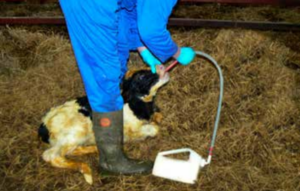 For dairy calves which are reared artificially, the general rule of thumb for colostrum intake is for a calf to receive 10% of body weight within the first 2 hours and then a further feed (5% of body weight) within 12 hours of birth. Therefore a 40kg dairy calf should receive 4 litres of colostrum as a first feed (this assumes no maternal colostrum has been suckled).
For dairy calves which are reared artificially, the general rule of thumb for colostrum intake is for a calf to receive 10% of body weight within the first 2 hours and then a further feed (5% of body weight) within 12 hours of birth. Therefore a 40kg dairy calf should receive 4 litres of colostrum as a first feed (this assumes no maternal colostrum has been suckled).
With suckled beef calves, it can be difficult to know how much colostrum the calf has taken. It is estimated that a calf needs to suckle its dam continuously for 20 minutes to ingest 2 litres of colostrum, the minimum recommended amount required in the first six hours of life (about 5% of body weight). Another similar sized feed should be fed within the first 12 hours, if the calf is not able to suckle naturally.
All artificial colostrum products will give guidance on how much to feed, whether you are looking to supplement maternal colostrum or completely replace it, and this guidance should be carefully followed.
If the incidence of calf diseases or mortality are high, it is worth asking your vet to blood sample some calves to check for serum IgG – this test is seen as being the gold standard for assessing the success of passive transfer of immunity to the calf. There are various tests available that can also be used but they can vary in accuracy. The target for serum IgG is >10g/L for successful passive transfer. To get an accurate assessment of immune status via serum IgG, test a minimum of 12 calves within 36 to 48 hours after birth and only test healthy calves. Those that are sick and dehydrated will give false results. If using the serum total protein test, calves can be tested up to 7 days of age. Further guidance on tests for passive transfer and target results is given in the table below:
| Categories | Serum IgG (g/L) | Serum total protein (g/L) | Target % calves in each category | |
|---|---|---|---|---|
| Excellent | ||||
| Good | ||||
| Fair | ||||
| Poor |
Source: Lombard et al, 2020.
The Zinc Sulphate Turbidity (ZST) blood test can also be used to assess if there has been adequate passive transfer in calves that are between 2 to 7 days old. The target is for the ZST result to be over 20 units which indicates adequate colostrum absorption. Below 10g/L indicates poor absorption. On-farm testing kits are now available to assess IgG levels in whole blood. Speak to your vet for more information on testing your calves for passive transfer of immunity.
Summary
Artificial colostrum products are a useful tool to boost calf immunity where there are issues with maternal colostrum quality and quantity, or reduced ability of the calf to absorb colostrum. The main ingredient in a quality product should be full fat bovine colostrum, although many products contain a range of ingredients and are of various specifications. Be careful to follow instructions for mixing, as recommendations will vary depending on whether the product is to be used as a supplement or a complete replacement to maternal colostrum. If in doubt about whether calves have received sufficient IgG’s and there are higher than desired rates of disease and/or mortality in your herd, it is worth speaking to your vet about the various tests available and advice on making sure your colostrum quality and colostrum feeding management is as good as it can be.
Lorna MacPherson, SAC Consulting
References
D. Quigley, et al., 2001. Formulation of Colostrum Supplements, Colostrum Replacers and Acquisition of Passive Immunity in Neonatal Calves. J. Dairy Sci. 84:2059–2065.
Lombard, et al., 2020. Consensus Recommendations on Calf- and Herd-Level Passive Immunity in Dairy Calves in the United States. J. Dairy Sci. 103:7611 – 7624.
Sign up to the FAS newsletter
Receive updates on news, events and publications from Scotland’s Farm Advisory Service
